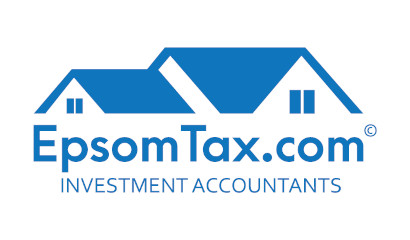CHANGES TO FINANCIAL REPORTING REQUIREMENTS FOR SMES

You might have heard of the Financial Reporting Act 2013 and the Financial Reporting (Amendments to Other Enactments) Act 2013. Maybe not. Anyway, changes which took effect on 1 April 2014 mean that entities that do not meet the large entity* definition will no longer be required to prepare financial statements in accordance with NZ GAAP.#
What does that mean for your LTC? Does it mean that you no longer need to pay an accountant to make up financial statements?
Unfortunately not. Even though SMEs^ will no longer be required to prepare GAAP financial statements, the information requirements of stakeholders, e.g. owners, lenders and IRD, have not changed. In addition, there is no change to directors’ responsibilities under the Companies Act 1993; including maintaining proper accounting records and issuing solvency certificates when there are planned distributions.
So, what does the IRD expect?
The IRD has proposed historical cost, double-entry, accrual-based special purpose financial statements that allow the preparation of a Financial Statements Summary (IR10). Such special purpose financial statements would include:
- Appropriately detailed balance sheet and statement of profit or loss;
- Comparative figures for the prior period;
- Accounting policies;
- Specified supporting schedules, including details of related party transaction, and
- A reconciliation of accounting and taxable income where those are different.
Hence, even though we only file the relevant tax return and an IR10 with IRD, the full financial statements are still required in case IRD ever want to have a look.
What is required by the Companies Act 1993?
See this blog article for more info.
Further reading
You might find this article useful, as it explains how to read financial statements.
* Section 19A(1)(b) of the Financial Reporting Act 1993 defines ‘large’ company as one that crosses two of the following thresholds:
- NZ$20,000,000 in annual turnover (as per statement of financial performance shown in their latest financial accounts)
- NZ$10,000,000 in a company’s assets (as per statement of financial position shown in their latest financial accounts)
- 50 or more full-time employees (includes employees in subsidiary companies) (usually not reflected on the financial accounts).
# NZ GAAP: New Zealand Generally Accepted Accounting Practice
^ SME: Small to Medium Enterprise
Image courtesy of Gualberto107 / FreeDigitalPhotos.net
Recent Posts
Pages
Useful Links
Services
Contact Details
Phone: 0800-890-132
Email: support@epsomtax.com
Fax: +64 28-255-08279
EpsomTax.com © 2021
